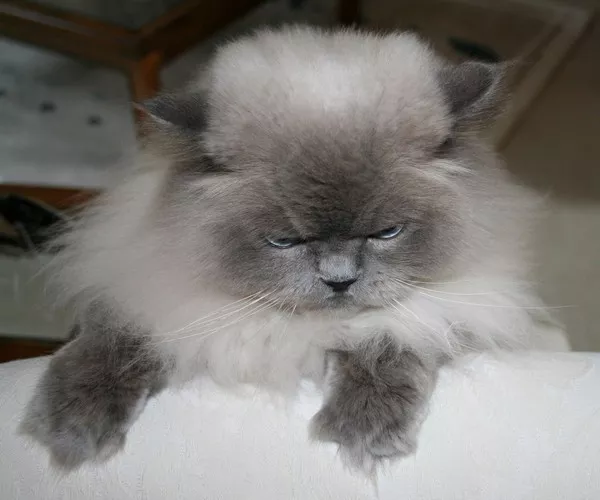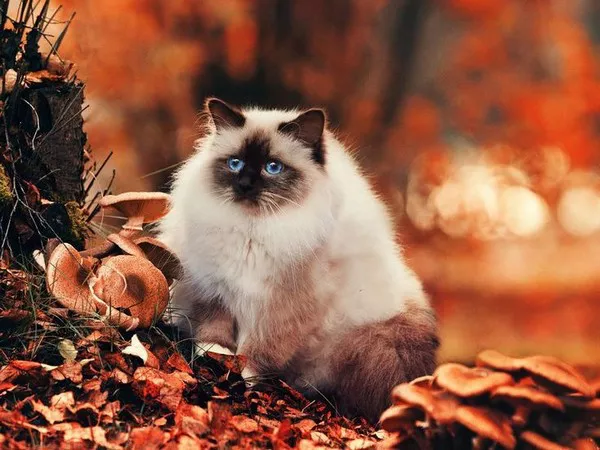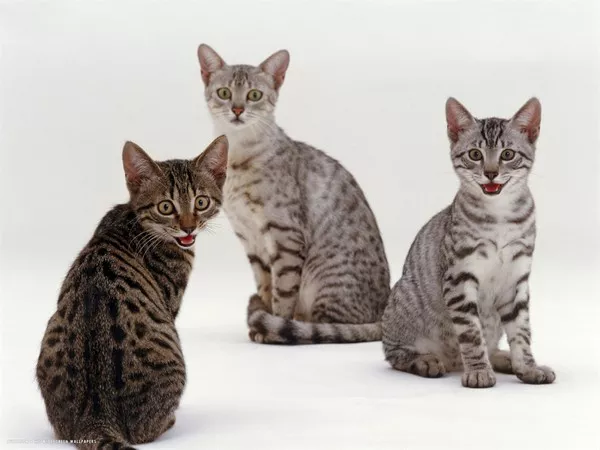When it comes to the well-being of your feline companion, choosing the right cat litter is a decision that should not be taken lightly. With various options available on the market, selecting the most suitable cat litter can be a daunting task. Factors such as your cat’s preferences, your home environment, and your own preferences all come into play. In this article, we will provide you with a comprehensive guide to help you make an informed choice and ensure both your cat and your household live comfortably.
Understanding Your Cat’s Needs
Before delving into the types of cat litter available, it’s essential to understand your cat’s needs and preferences. Cats are finicky creatures, and their litter box habits can be influenced by the type of litter you provide. Here are some aspects to consider:
1. Texture: Cats have varying preferences for the texture of their litter. Some prefer finer, sand-like textures, while others may favor coarser options. Pay attention to your cat’s reactions when introducing different textures to identify their preference.
2. Odor Control: Cats are sensitive to odors, and a litter that effectively controls unpleasant smells is crucial. Look for litters with odor-neutralizing properties to keep your home smelling fresh.
3. Clumping vs. Non-Clumping: Clumping litters are popular because they form solid clumps when they come into contact with moisture, making it easier to scoop waste. Non-clumping litters tend to be less expensive but require more frequent complete litter box changes.
4. Dust Levels: Dust can be an issue for both cats and humans. Opt for low-dust or dust-free litters to minimize respiratory irritation.
5. Environmental Impact: Consider eco-friendly litters made from sustainable materials if you’re concerned about the environmental impact of cat litter.
6. Cost: The cost of cat litter can vary widely. Determine your budget and find a litter that meets your financial constraints while still meeting your cat’s needs.
Types of Cat Litter
Now that you have a better understanding of your cat’s needs, let’s explore the different types of cat litter available:
1. Clay-Based Litter:
Clumping Clay: This type of litter forms tight clumps when it comes into contact with moisture, making it easy to scoop waste. It is often highly effective in controlling odors but can be dusty.
Non-Clumping Clay: Non-clumping clay litters are less expensive but require more frequent full litter box changes. They may also be less effective at odor control.
2. Silica Gel Litter:
Silica gel litter consists of small, porous beads that absorb moisture and odors. It is low-dust and can be long-lasting. However, some cats may not like the texture.
3. Natural/Biodegradable Litter:
Wood-Based: These litters are made from materials like pine, cedar, or recycled paper. They are often biodegradable and environmentally friendly.
Corn/Wheat-Based: Litters made from corn or wheat are biodegradable and clump well. They are also less dusty than some clay litters.
Walnut Shell: This litter is made from crushed walnut shells and is known for its natural odor control properties.
4. Crystal Litter:
Crystal cat litter is made from silica gel, similar to silica gel litter, but in larger granules. It is highly absorbent and can control odors effectively. Some crystal litters change color to indicate when it’s time to replace them.
5. Natural Sand:
Some cats prefer the feel of natural sand, which can be bought or scooped from outdoor areas. Make sure it is clean and free from contaminants.
6. Scented Litter:
Scented litters are designed to mask odors with pleasant fragrances. However, some cats may be sensitive to artificial scents, so it’s essential to monitor your cat’s reaction.
Tips for Choosing the Right Cat Litter
Now that you’re familiar with the various types of cat litter, here are some practical tips to help you choose the perfect one for your feline friend:
1. Consider Your Cat’s Preferences:
Pay attention to your cat’s reactions when introducing a new litter. If your cat seems uncomfortable or avoids the litter box, it may be a sign that they dislike the texture or scent.
2. Try Different Types:
Experiment with a few different types of litter to see which one your cat prefers. Some cats may have strong preferences, while others may be more adaptable.
3. Think About Odor Control:
If odor control is a primary concern, opt for litters designed specifically for this purpose. Clumping clay and crystal litters are known for their excellent odor control properties.
4. Monitor Dust Levels:
Choose a low-dust or dust-free litter to minimize respiratory issues for both you and your cat.
5. Environmental Impact:
If you’re environmentally conscious, consider eco-friendly litters made from sustainable materials like wood, corn, or recycled paper.
6. Cost vs. Quality:
While budget is a factor, don’t compromise your cat’s comfort and hygiene for cost savings. Find a balance between affordability and quality.
7. Regular Cleaning:
Regardless of the type of litter you choose, maintain a regular cleaning schedule to ensure your cat’s litter box is clean and inviting.
Conclusion
Selecting the right cat litter is essential for your cat’s comfort and your peace of mind. Understanding your cat’s preferences and needs, along with exploring the various types of litter available, will help you make an informed choice. Remember that what works best for one cat may not be suitable for another, so be patient and open to experimentation until you find the perfect litter that keeps your cat content and your home odor-free.

![Are Birman Cats Cuddly?[Revealed!]](https://www.catsmeowweb.com/wp-content/uploads/2023/06/birman-cat-27.webp)

























